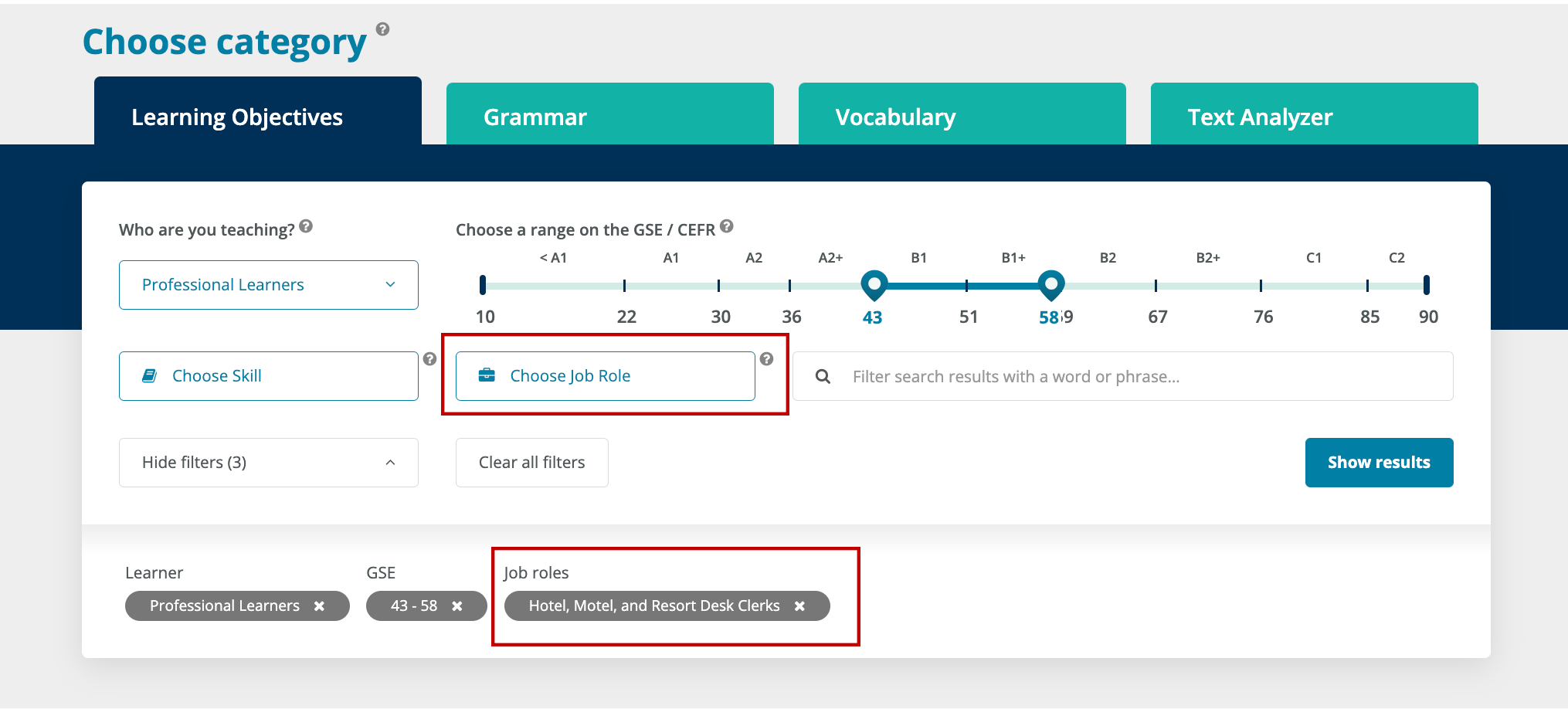Hard skills and soft skills play a crucial role in defining career success and progression. The difference between hard skills and soft skills is that hard skills are teachable, technical, measurable abilities specific to particular jobs, while soft skills are more interpersonal, universal and related to personality traits. While hard skills refer to the technical knowledge and specific abilities required to perform a job, soft skills are more intangible. They encompass the interpersonal attributes and personality traits that enable individuals to communicate effectively, work collaboratively and adapt to changes in the workplace environment.
In this blog post, we will explore how learning a new language can significantly enhance both hard and soft skills, making you a more versatile and effective professional in today’s multifaceted work environment.
Understanding the balance of hard and soft skills
Hard skills might get your foot in the door, showcasing your qualifications for a position. Developing hard skills to stand out from other job seekers is crucial; take advantage of classes, webinars and workshops offered by your current employer to develop hard skills and learn new technical skills. Examples include proficiency in a particular software, certification in a specific field, or mastery of a technical domain. However, it’s the soft skills, such as effective communication, collaboration, critical thinking and emotional intelligence, that propel you through the door and into the realms of career advancement. Recent research underscores the growing importance of English proficiency as a pivotal element in this dynamic, equally vital for enhancing both sets of skills.
What are examples of soft skills?
Soft skills encompass a wide range of attributes that can significantly impact workplace efficiency and harmony. Examples of essential soft skills include:
Communication: The ability to convey information clearly and effectively is paramount. This includes both verbal and written communication, as well as active listening skills.
Teamwork: Collaborating well with others, often with diverse backgrounds and perspectives, to achieve common goals.
Problem-solving: The capability to analyze situations, identify problems and devise effective solutions.
Adaptability: The readiness to adjust to new conditions, workflows, or technologies, demonstrating flexibility in the face of change.
Critical thinking: The process of objectively analyzing information to make informed decisions.
Emotional intelligence: The ability to understand, manage and utilize one's emotions constructively while also recognizing and influencing the emotions of others.
What are examples of hard skills?
Hard skills are quantifiable, teachable abilities specific to a job or industry. These skills are typically acquired through formal education, training programs and practical experience. Some examples of essential hard skills include:
Computer programming: Proficiency in coding and programming languages, such as Python, Java, C++, or HTML/CSS is crucial for software development and web design roles.
Data analysis: The ability to interpret complex data sets using tools like Excel, SQL, or R, providing valuable insights and informing decision-making processes.
Graphic design: Mastery of design software such as Adobe Photoshop, Illustrator, and InDesign, enabling the creation of visual content for various media.
Foreign language proficiency: Fluency in a second language can be an asset in international business, for example, in translation services or customer support roles.
Project management: Knowledge of project management methodologies (e.g., Agile, Scrum) and tools (e.g., Microsoft Project, Jira) to plan, execute and oversee projects effectively.
Technical writing: The skill of crafting clear, precise documentation and instructional materials, essential in industries such as engineering, IT and pharmaceuticals.






